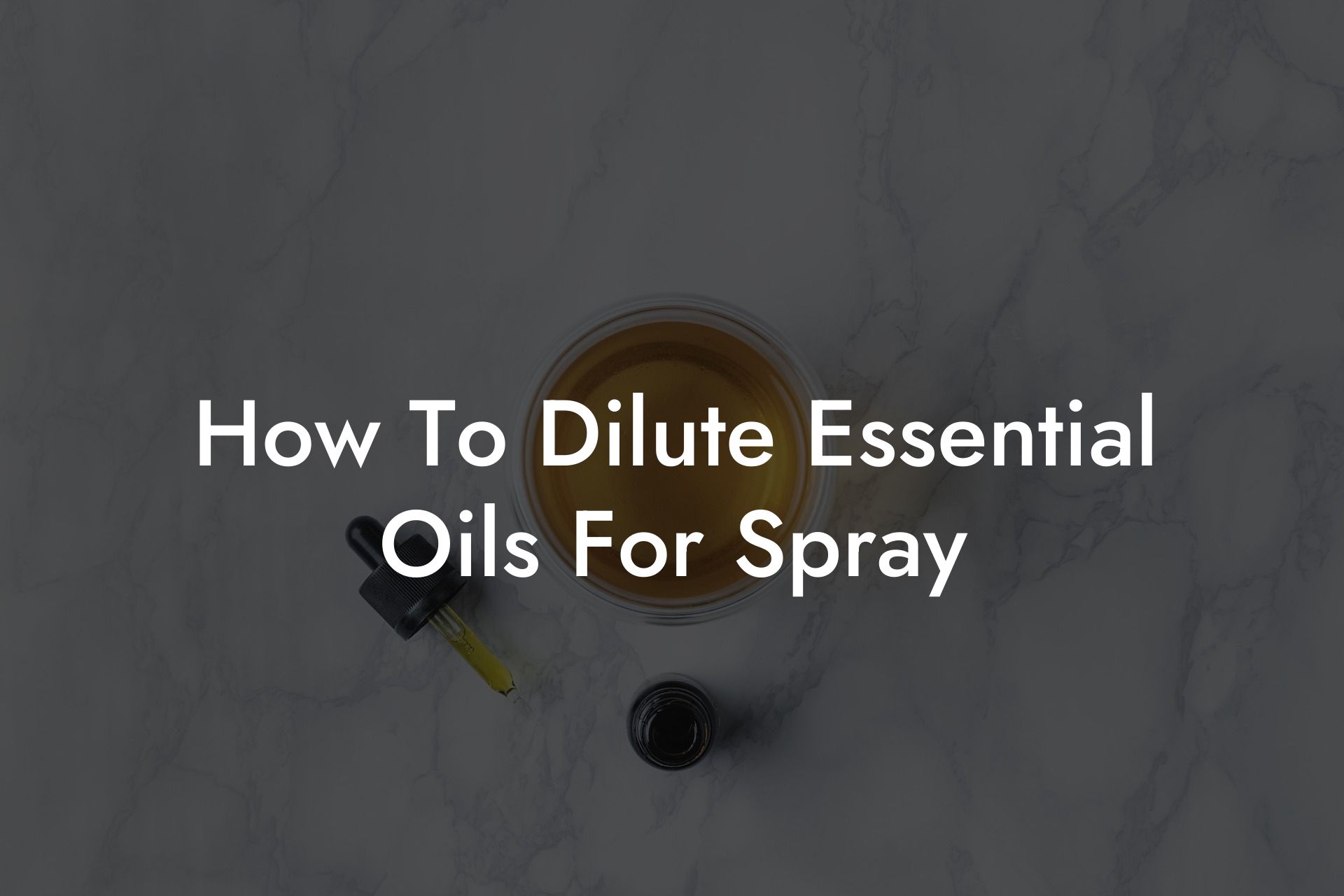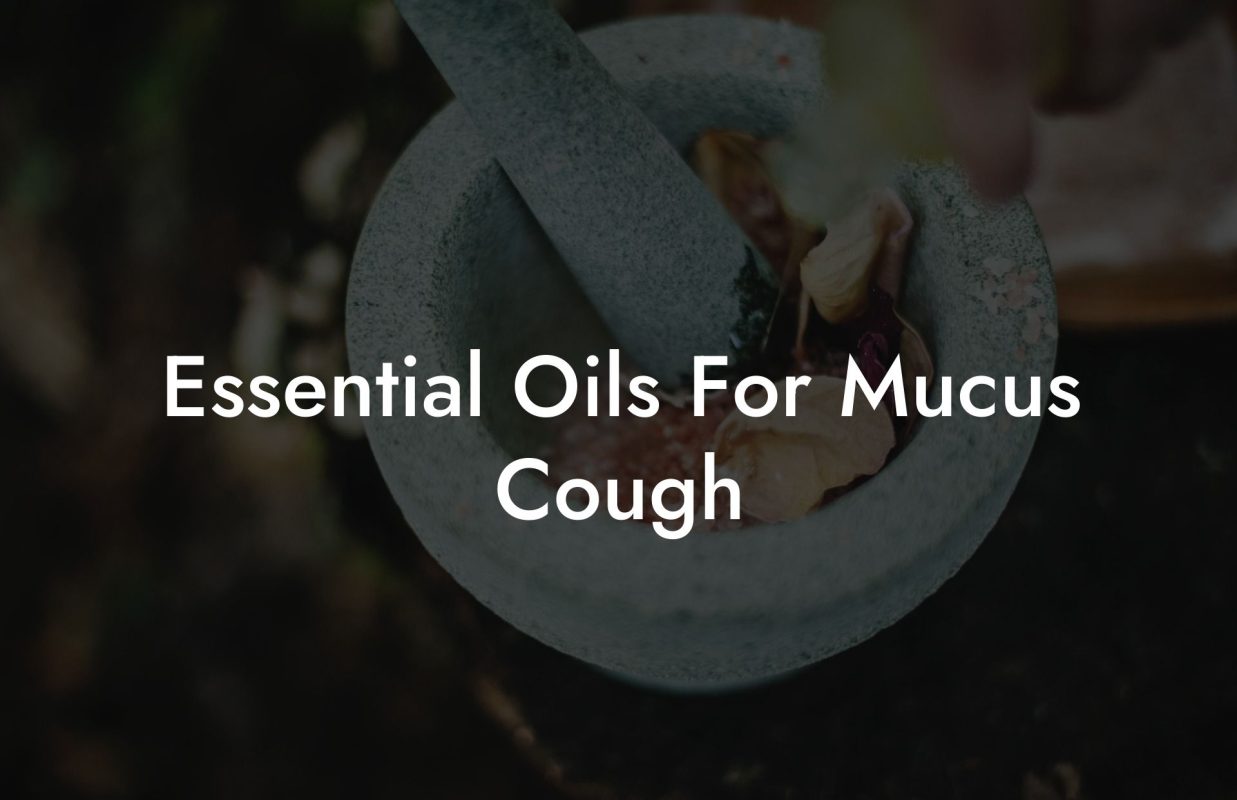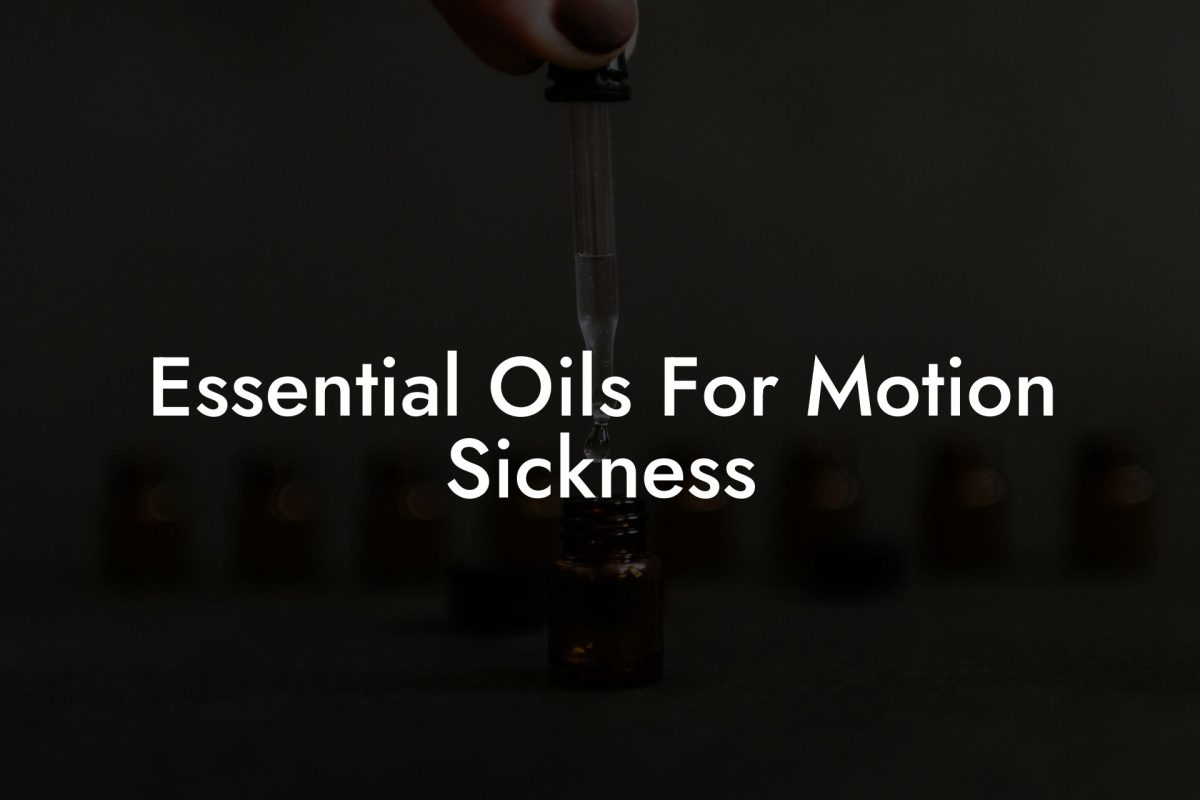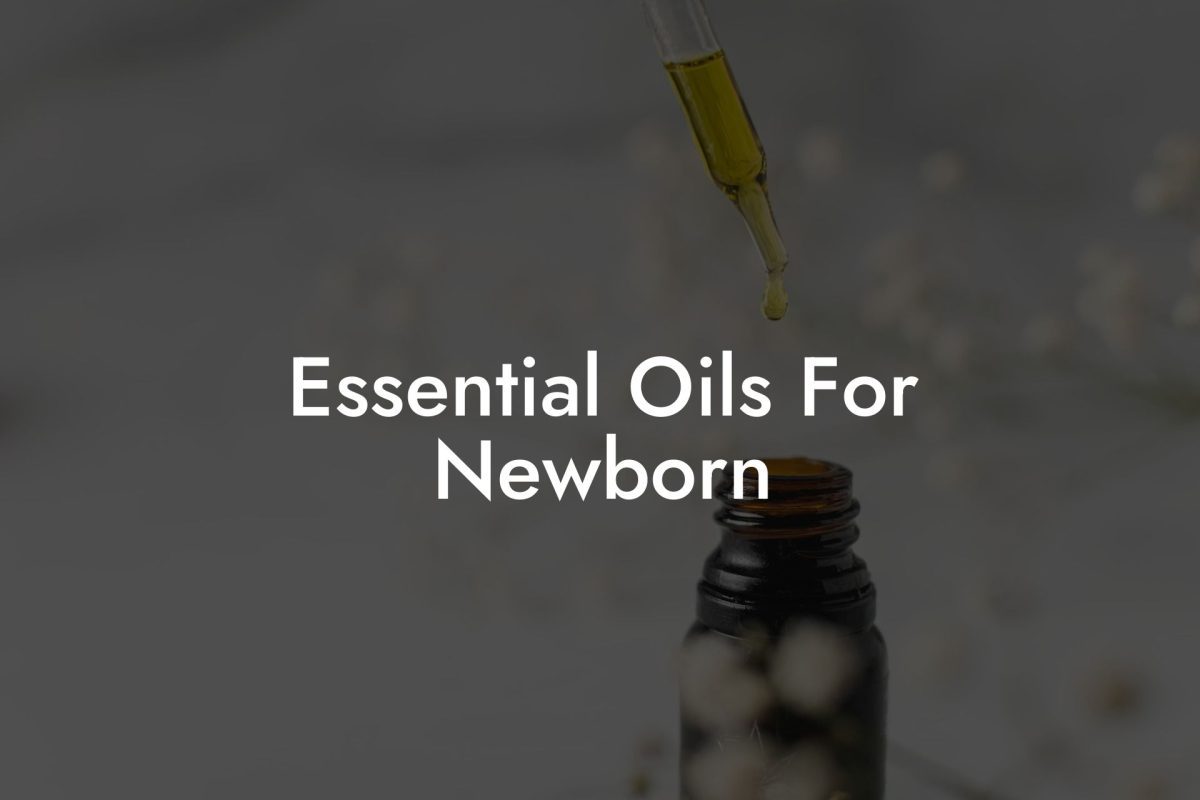Essential oils have become increasingly popular in recent years, thanks to their myriad of benefits and uses in our daily lives. Whether you want to promote relaxation, boost your mood, or add a pleasant scent to your living space, essential oils can powerfully elevate your experience. When it comes to using these potent plant extracts, though, it’s important to know how to properly dilute them for the best, safest results. In this guide, we’ll walk you through the step-by-step process of diluting essential oils for a spray so you can reap the rewards of these natural wonders in no time.
Table of Contents
Why Dilute Essential Oils?
Essential oils are highly concentrated plant extracts, which means they can potentially cause irritation or harm if applied directly to the skin or ingested without dilution. By diluting essential oils with a suitable carrier oil or liquid, you can ensure their safety and efficacy while also creating a more manageable aroma that doesn’t overwhelm the senses.
Choosing a Carrier Liquid for Your Spray
When it comes to diluting essential oils for a spray, you’ll need to choose a carrier liquid that won’t alter the effectiveness or scent of the oils. Some popular carrier liquids include:
- Distilled Water – An economical and readily available option, distilled water helps the essential oils disperse evenly in the spray without affecting the oils’ quality.
- Witch Hazel – Effective for skin care applications, witch hazel has antimicrobial and anti-inflammatory properties, making it a great addition to essential oil sprays, especially for acne-prone or sensitive skin. However, it has a distinct scent that may alter the final aroma of your spray.
- Alcohol – Higher-proof alcohols, such as vodka, provide effective dilution and quick evaporation for room sprays or disinfectants. It’s important to choose an unflavored, unscented variety to avoid altering the scent of your essential oils.
Adding an Emulsifier
Essential oils and water don’t mix, which can result in uneven dispersion of the oils in your spray. To ensure proper distribution, it’s essential to add an emulsifier to your mixture. Some popular emulsifiers include:
- Polysorbate 20
- Solubol
- Vegetable glycerin
Steps to Dilute Essential Oils for Spray
1. Choose your essential oils: Select the essential oils that suit your intended purpose, whether it be relaxation, energy boost, or a specific scent.
2. Calculate the right dilution ratio: For typical room sprays, a 1-3% dilution is sufficient. This translates to roughly 6-18 drops of essential oil per 1 ounce (30ml) of carrier liquid.
3. Combine the carrier liquid, emulsifier, and essential oils: Mix the recommended amount of carrier liquid, emulsifier, and essential oils in a clean, empty spray bottle.
4. Shake well before each use: To ensure the essential oils are evenly distributed throughout the carrier liquid, be sure to shake your spray bottle well before each use.
How To Dilute Essential Oils For Spray Example:
For a 4-ounce (120ml) lavender room spray, you’ll need:
- 4 ounces distilled water (carrier liquid)
- 48 drops lavender essential oil (a 1% dilution)
- 1/2 teaspoon vegetable glycerin (emulsifier)
Pour the distilled water into a clean, empty 4-ounce spray bottle. Next, add the lavender essential oil and vegetable glycerin to the bottle. Secure the spray nozzle and shake well to combine the ingredients. Your lavender room spray is now ready for use.
Congratulations, you now know how to safely and effectively dilute essential oils for a spray! As you begin experimenting with different combinations of oils and carrier liquids, you’ll undoubtedly discover the vast potential of essential oils to enhance your daily life. Don’t forget to share this guide with your friends and family so they can join you on your aromatic journey. Be sure to explore our other comprehensive guides on the Oshu Oils blog, as well as our expertly crafted range of Artisan Essential Earth Oils. Happy spraying!





















